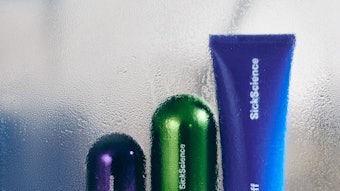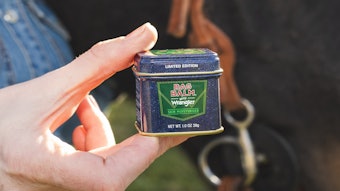Editor’s note: This is an edited version of an article that was originally published in the October 2014 issue of Skin Inc. magazine.
Just look at the rainbow of skin colors that make up various skin types. Cosmetically speaking, black skin has a wide range of color variations—from a light coffee color to deep ebony black. Asian skin exhibits hues that range from light yellow to a dark, golden tan. Native American skin colors vary with respect to different tribes and have coloring that ranges from light to dark red-brown. Even white skin is often misinterpreted visually and placed into inaccurate categories. Caucasian skin ranges greatly from milky alabaster white to dark olive skin tones.
Skin of color is not darker because it holds more melanocytes (which produce the melanin that creates pigment), as there are approximately the same number of melanocytes present in light and dark skin. The cells of skin of color are larger, not more numerous. They produce more pigment, allowing for better photo-protection from UV radiation, which helps delay the appearance of photoaging. The melanocytes of those with darker skin are more active and prone to excess pigment deposit, which is one important reason that skin of color must be treated gently during exfoliation.
The stratum corneum of darker skin types is more compact and prone to cohesion. Transepidermal water loss (TEWL) tends to be greater in black and Asian skin. Losing excessive moisture leads to a reduced ability for the skin to protect itself against topical offenders. This impaired barrier function is thought to contribute to heightened sensitivity to topical stimulation, such as chemical peels. Skin of color also tends to have larger oil glands, leading to more oil production and increased incidences of acne.
Post-inflammatory hyperpigmentation (PIH) is one of the most common skin conditions seen in skin of color. It is estimated that 65% of African-Americans and Hispanics and 18% of Asians experience some form of hyperpigmentation.1 The common link to any pigmentation disorder is inflammation. This may occur from skin inflammation due to acne conditions; other skin eruptions and irritations; misuse and overuse of certain skin care products; and over-stimulation due to invasive skin care treatments. Darker skin differs from Caucasian skin in its reactivity and clinical presentation.
Medications, cosmetics, inflammatory skin diseases, adverse reactions to chemicals and ingredients, and heat and laser treatments can also be sources of pigmentation disorders. There are certain precautions that must be taken when treating PIH, whether it is being done via a home-care regimen or professional skin care treatments.
All people of color experience fine lines and wrinkles as they age—some even experience deep facial wrinkles. Wrinkles are an inevitable part of the natural aging process. As one ages, skin gets thinner, drier and less elastic. The skin’s ability to protect itself from damage is also reduced with age. Eventually, wrinkles, creases and lines form on the skin. However, genes also can influence how wrinkly one becomes, and when and where wrinkles start appearing.










